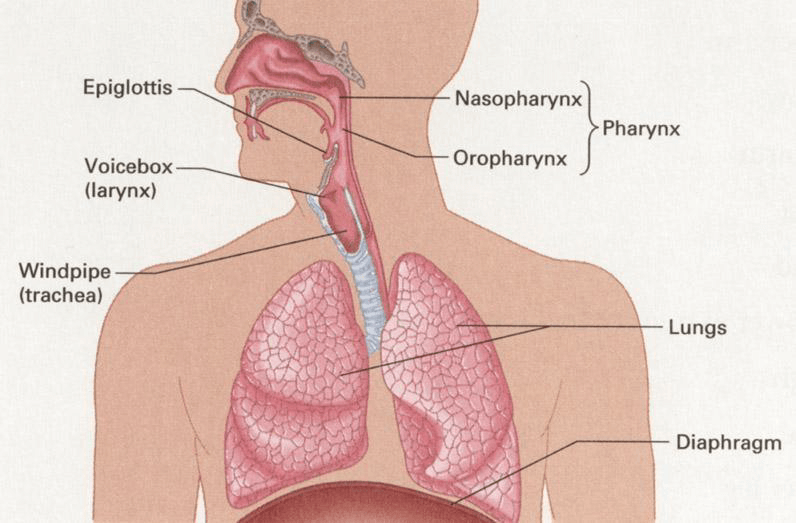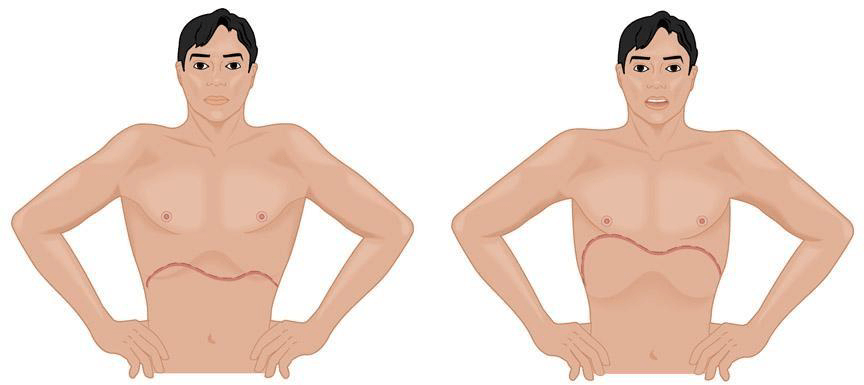Respiratory emergency
A respiratory emergency is a condition in which breathing is reduced or stopped so that oxygen in taking is insufficient (lacking) to support life.

Mechanism of Breathing
- During Inspiration - Air enters the nostril
- Nasopharynx
- Oropharynx
- Through the glottis
- Trachea /air pipe/
- Bronchi
- Bronchioles
- Alveoli
During inspiration / inhalation/ the diaphragm and the Intercostals muscles contract, the diaphragm move down (flat), the ribs lift up and out, and the cavities of the chest and lung increases.
During expiration /exhalation/ the diaphragm and the Intercostals muscles relax, the diaphragm moves up (increase its curvature), the ribs get down, the cavities of the chest and lung capacity decreases and air move out (see Figure 23, below).

Note- The normal range of breathing at a resting condition for an adult is 14 to 20 breaths per minute, and the newborn baby has a rate of about 40 breaths per minute.
Inadequate breathing is if the number of breaths per minute / rate per minute/ is less than 8 in adults, 10 in children and 20 in infants.
Causes of Airway Obstruction:
- Anatomical obstruction- Most common cause of respiratory emergency
- Back dropping of the tongue, Asthma, Croup, Diphtheria, Laryngeal spasm, swelling after burns of the face, swallowing corrosive poisons, direct injury by blow.
- Mechanical obstruction
- Solid foreign objects are lodging in the respiratory passage. (e.g., food choking).
- Retro-pharyngeal abscess, aspiration (inhalation of vomits, food particles).
- Air depleted oxygen containing toxic gases
- Asphyxia may occur due to decreased oxygen in the air or increased carbon monoxide or other toxic gases. (e.g., mining area).
- Explosion hazard combustible gases that accumulate in confined spaces.
- Additional causes of respiratory failure